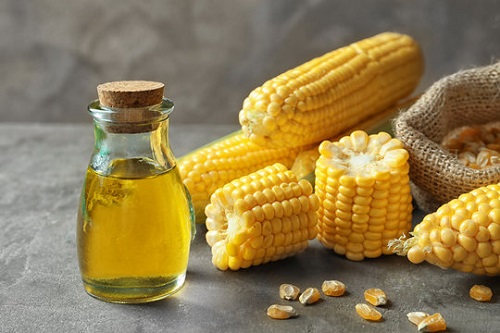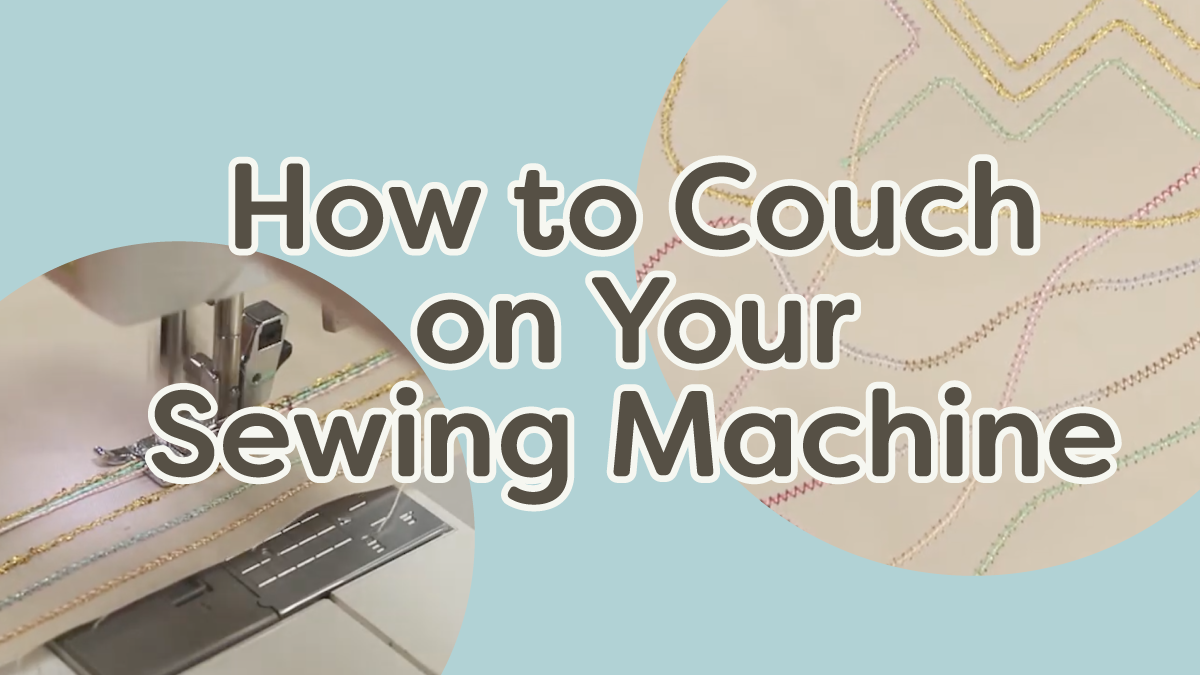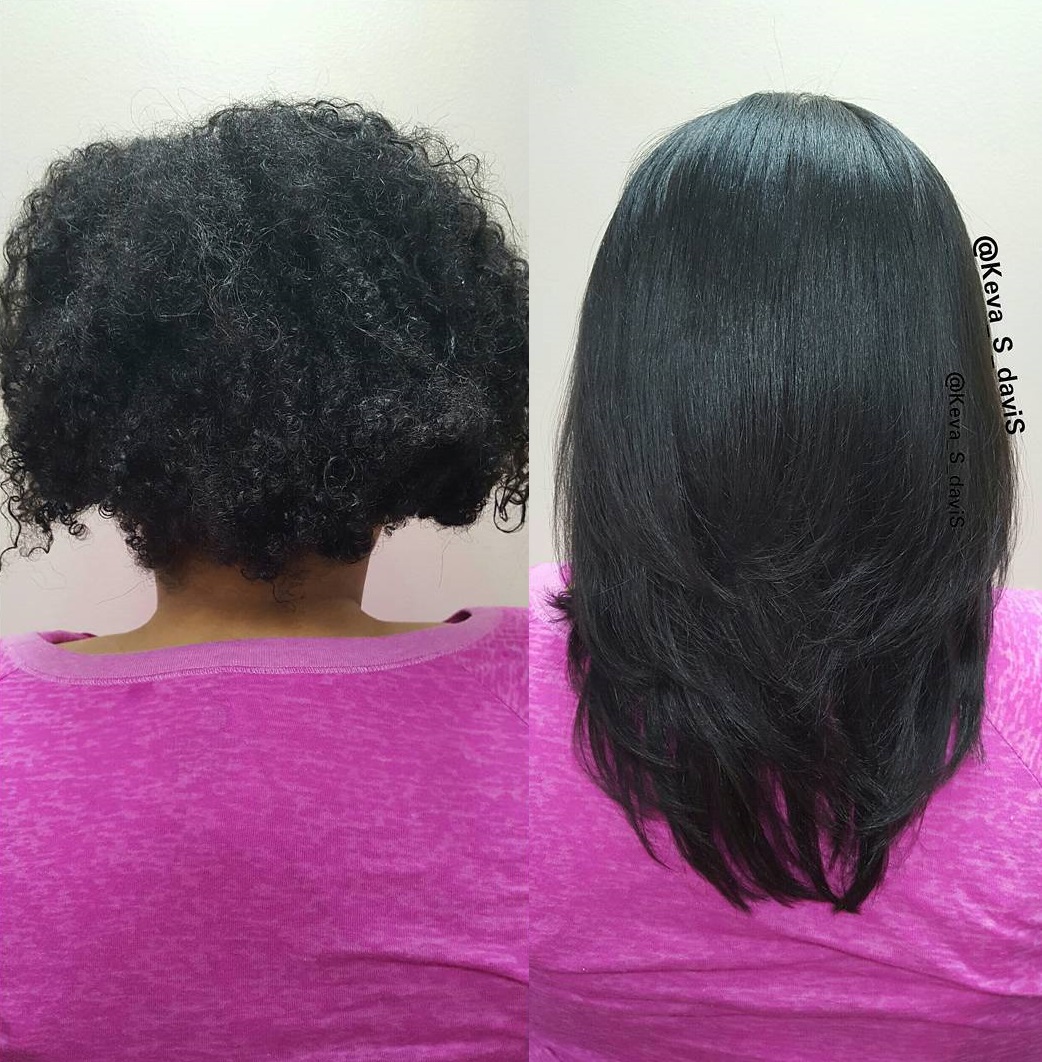Table of Content
Let it sit for another hours if your soap is still soft or warm. Once cold and firm, remove your soap and place onto parchment paper or a baking rack. Allow your soap to cure for about a month or 4 weeks but turn each piece of soap over at least once a week to ensure air gets to all the sides of the soap. If you have the time and budget, you can use distilled water. Most pharmacies or grocery stores will have distilled water that you can purchase.

"It is the process of making soap as someone who is about to start my own soap-making business." Lye can be found in the plumbing section of most hardware store or purchased online. Make sure the package says it is 100% sodium hydroxide. This is the reaction where a triglyceride undergoes a nucleophilic substitution reaction with a hydroxide to create three soap molecules and a glycerol. Let the soap sit, exposed to air for at least one month.
Add Fragrance or Essential Oils
In either case, be careful – soap melts at about 60°C and will be hot. Slice the melt and pour soap base into small chunks. Use the weighing scales and measuring jug and weigh out the amount that your mould can hold. Then, once you’re happy with the mixture, pour it into pre-prepared molds, filling them as close to the top as possible as the soap won’t expand.

Stir as your slowly pour the lye into the water. Avoid the fumes by wearing a mask or standing back. In some cases, the suction cup isn’t to blame for the struggles you’re facing. In fact, it could be the surface itself that’s causing the trouble. Make sure the area is clean, dry, smooth and flat.
Stir the Melted Soap
Heat the oils more, if necessary, until they’re 90 to 100°F (32 to 38°C). There are a few basic things you’ll need for making soap. Before you jump into the process of making soap, there are a few things to know. "I wanted to know the process of making my own soap. This has helped me with this." A source of running water and vinegar, in case of contact with lye. Tools that are used for soap-making must only be used for soap-making.
If you prefer not to use a microwave, the soap base can be melted in a double boiler. If you don't want to use a commercial soap as the base for your laundry soap, you can substitute any bar of soap, though we do recommend one that's not got a lot of extra oil . Many folks use a 100 percent lard soap with zero percent superfat. (Extra oil is good for your skin, but not for your clothes.) If you don't mind that it's not a "natural" soap, the Fels Naptha Soap works great. It immediately gets as hot as boiling water and never pour your water into the lye, it can cause a chemical reaction like a volcano. Make sure all the soap additives in your recipe, such as color and fragrance, are ready to go.
How to Make Homemade Soap
Some use guitar strings, others use butcher's knives. Still others opt for specialty tools likethis. Some DIY-ers evenfashion their own instruments. I use a ruler and score the top of the loaf with a sharp knife before cutting to make sure everything stays straight and even. I like generous bars, so I cut them about an inch thick.

Once this homemade green tea and lemongrass soap is ready to use, the fragrance will make you feel like you just stepped into a spa. To might be able to make this simple soap with items you already have in your kitchen pantry. For instance, this soap is made with steeped green tea leaves. Add eucalyptus and lemongrass oil for an extra fresh and healing fragrance.
How to Make Homemade Laundry Soap
Creative experimentation can absolutely add more fun to the process. But getting some basic experience first can help you understand how to safely handle the ingredients and prevent creative detours from becoming safety hazards. It often helps to stick with one scent and one colorant until you understand how they affect the finished soap. Tap the mold onto your work surface to eliminate air bubbles. Check the temperature of the oils using the candy thermometer. Once the oils have reached 120 to 130°F (49 to 54°C), place the immersion blender on the side of the slow cooker.

I have to make 200 bars for my nieces wedding and trying to figure out recipes. I haven’t heard of anyone using the liquid form before. I think I would just save that for my cheesemaking and use the powder for soaps. I’m not sure how the liquid would react in the soapmaking process. If the soap didn’t set up, there is something wrong with the soap and it’s possible that it may not be safe to use.
You'll need lye, along with your choice of oils; olive oil, coconut oil, almond oil, or sunflower oil all work. Using too much neutralizer can cause cloudiness, so it's best to round down how much neutralizer you add by erring on the conservative side. Keep stirring every 30 minutes or so through each of the stages. It will be difficult to stir through the taffy stage. The potato masher will help break the taffy up. Just when you think the soap will never finish cooking, it will become creamy and move into the translucent petroleum jelly stage.

Add your chunks of soap to the bowl and stir slowly until they’re all melted. If you’re using soap base, it’s really easy to make your own soap at home! First, you’ll need to find a mould for your soap – you can choose whether you’d rather make a traditional bar soap, or use a fun mould. There are lots of creative soap moulds available, from little hearts to flowers or even cupcake shapes. We’d recommend a silicone mould for beginners, as it’s a lot easier to get the soap out! You’ll need to know how much your mould can hold so you can choose the right amount of soap base.
Birnur (she/her) has led the Beauty, Health and Sustainability Lab at the Good Housekeeping Institute since 2007. And Ph.D. degrees in chemical engineering, she recently earned a professional certificate in sustainability management from Columbia University. Make sure to distribute the fragrance evenly into the base but try not to mix in any air bubbles as you whisk in the fragrance. A stainless steel wire whisk to stir in your fragrance. Appropriate ventilation is the most important thing to have before embarking on making soap from scratch. Before you start making your own concoctions, it’s important to get acquainted with the basics of soap-making.


No comments:
Post a Comment